NEET Exam > NEET Notes > Biology Class 11 > Cheat Sheet : Biomolecules
Cheat Sheet : Biomolecules | Biology Class 11 - NEET PDF Download
How to Analyse Chemical Composition?
(i) Elemental and Chemical Analysis
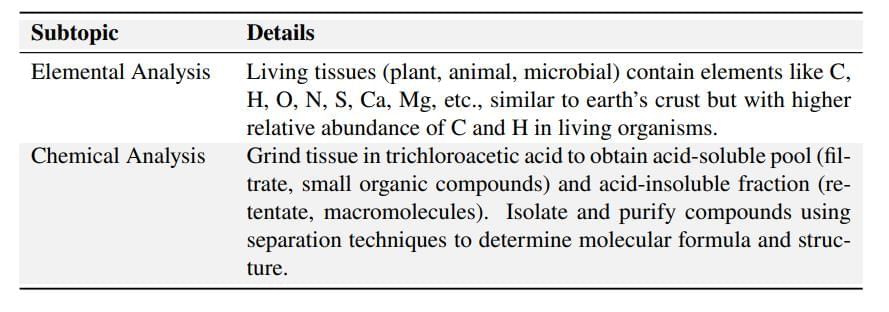
(ii) Inorganic and Biomolecules

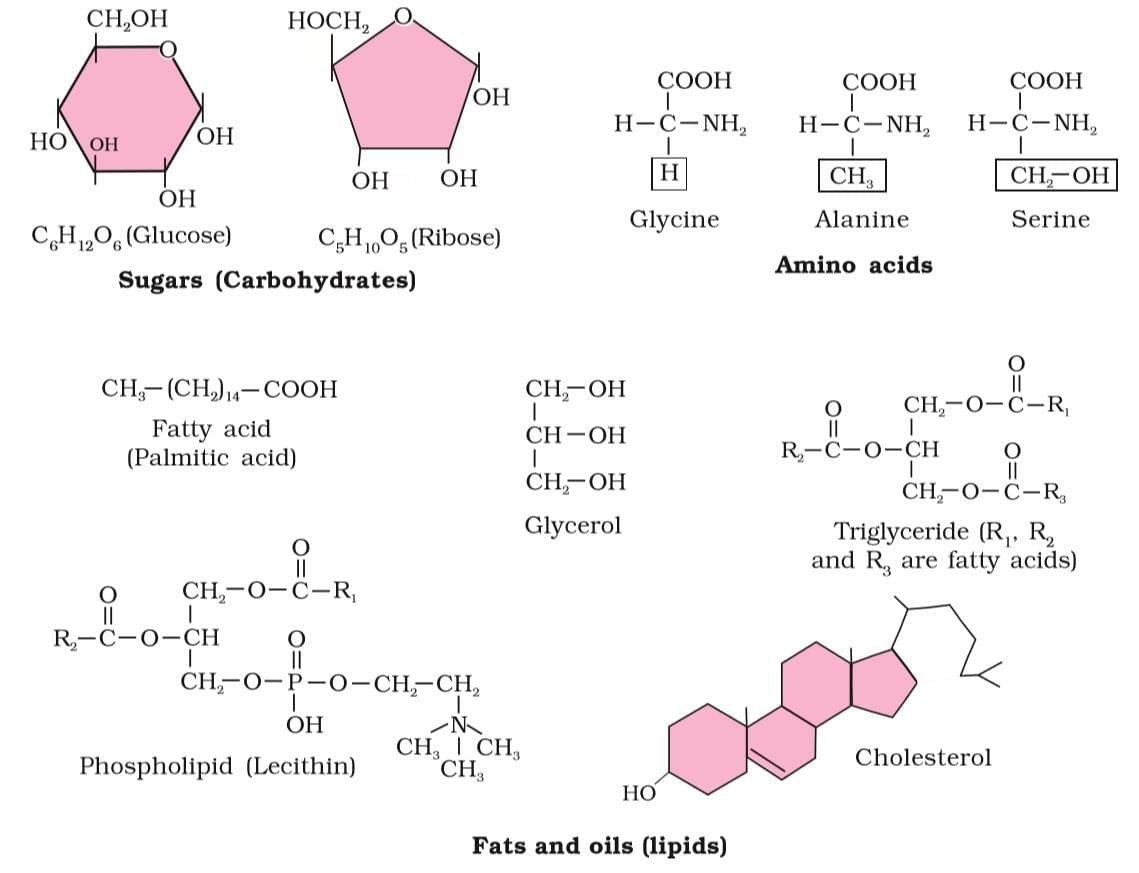 Diagrammatic representation of small molecular weight organic compounds in living tissues
Diagrammatic representation of small molecular weight organic compounds in living tissues
Primary and Secondary Metabolites

Biomacromolecules
(i) Types and Composition

(ii) Cellular Composition

Proteins
(i) Structure and Amino Acids

(ii) Types and Functions

(iii) Structure of Proteins

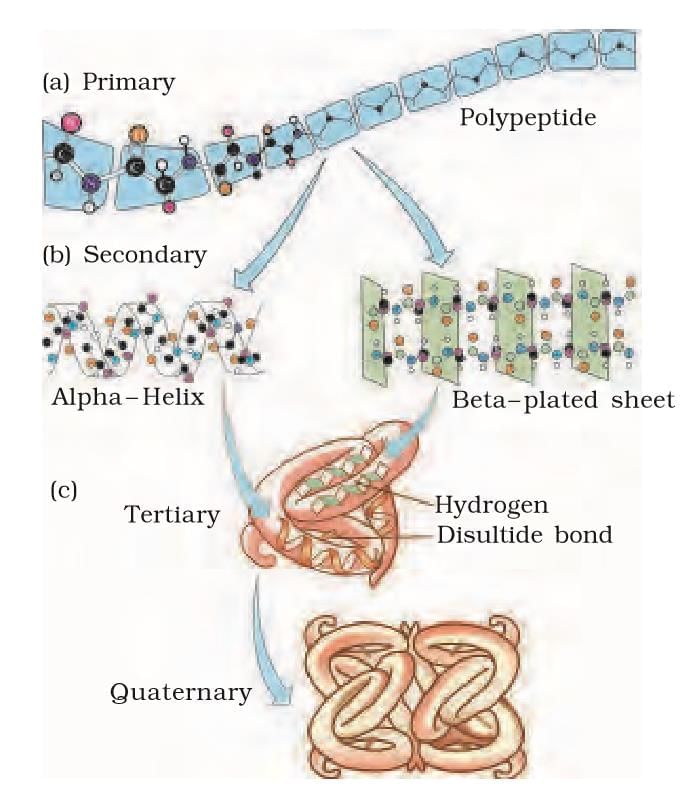 Various levels of Protein Structure
Various levels of Protein Structure
Polysaccharides
(i) Structure and Types

(ii) Functions

Nucleic Acids
(i) Structure and Components

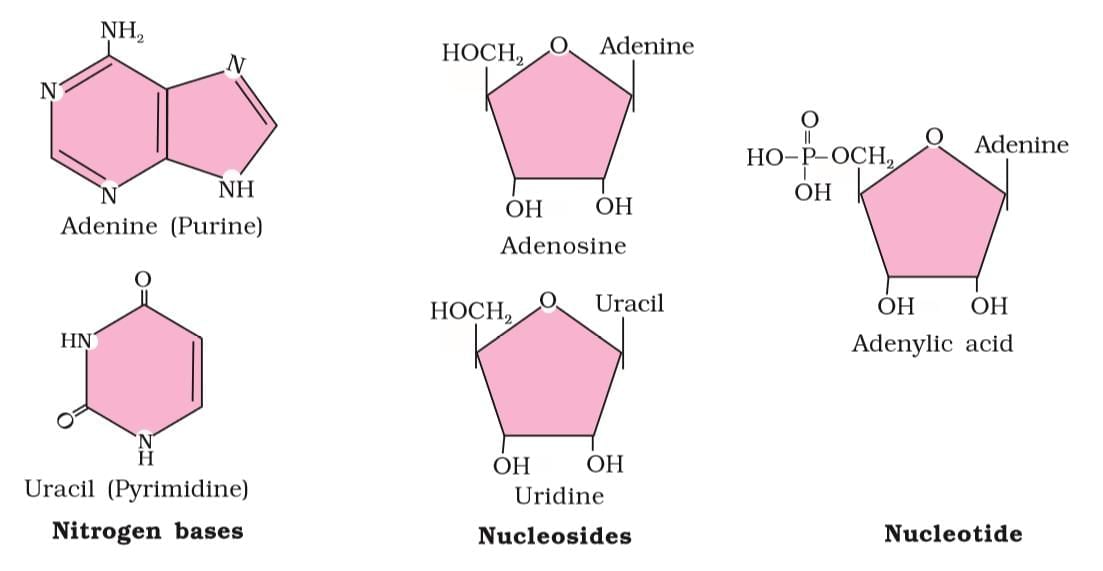
(ii) Nucleosides/Nucleotides and Function

Enzymes
(i) Nature and Mechanism

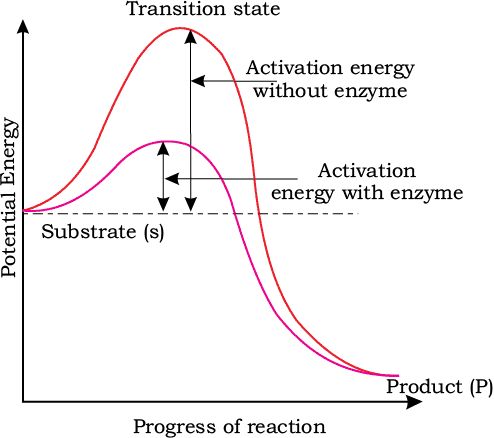 Concept of Activation Energy
Concept of Activation Energy
(ii) Catalytic cycles and Factors
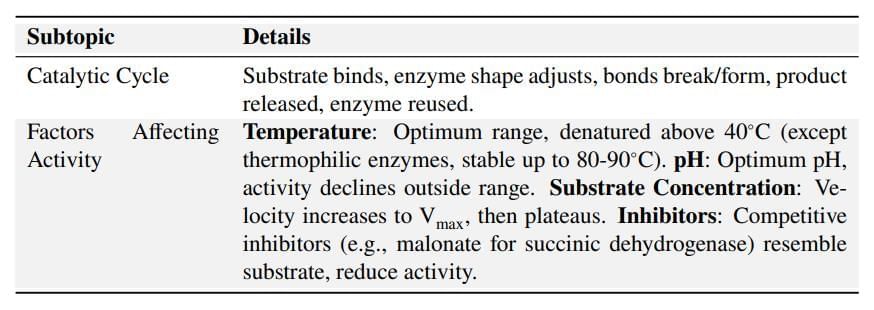
 Effect of change in : (a) pH (b) Temperature and (c) Concentration of substrate on enzyme activity
Effect of change in : (a) pH (b) Temperature and (c) Concentration of substrate on enzyme activity
(iii) Classification and Co- factors

The document Cheat Sheet : Biomolecules | Biology Class 11 - NEET is a part of the NEET Course Biology Class 11.
All you need of NEET at this link: NEET
|
150 videos|399 docs|136 tests
|
FAQs on Cheat Sheet : Biomolecules - Biology Class 11 - NEET
| 1. What are the main types of biomolecules, and what roles do they play in living organisms? |  |
Ans. The main types of biomolecules are carbohydrates, lipids, proteins, and nucleic acids. Carbohydrates provide energy and structural support; lipids store energy and form cell membranes; proteins perform a wide range of functions including catalysis and transport; and nucleic acids like DNA and RNA are involved in the storage and transmission of genetic information.
| 2. How do enzymes, as proteins, function in biochemical reactions? |  |
Ans. Enzymes are specialized proteins that act as catalysts in biochemical reactions. They lower the activation energy needed for reactions to proceed, thus increasing the rate of the reaction. Enzymes are highly specific, meaning each type of enzyme catalyzes a specific reaction or type of reaction.
| 3. What is the significance of DNA and RNA in the context of biomolecules? |  |
Ans. DNA (deoxyribonucleic acid) and RNA (ribonucleic acid) are crucial biomolecules that store and transmit genetic information. DNA carries the genetic blueprint for the development and functioning of living organisms, while RNA plays a key role in the synthesis of proteins by serving as a template for translation.
| 4. What are the characteristics that distinguish saturated fats from unsaturated fats? |  |
Ans. Saturated fats contain no double bonds between carbon atoms, which makes them solid at room temperature, while unsaturated fats have one or more double bonds, resulting in a liquid state at room temperature. Saturated fats are typically found in animal products, whereas unsaturated fats are commonly found in plant oils.
| 5. How do biomolecules interact with each other in cellular processes? |  |
Ans. Biomolecules interact through various mechanisms, including hydrogen bonding, ionic interactions, and hydrophobic interactions. These interactions are essential for processes such as enzyme-substrate binding, DNA replication, and cell signaling, allowing for complex cellular functions and maintaining homeostasis.
Related Searches
















